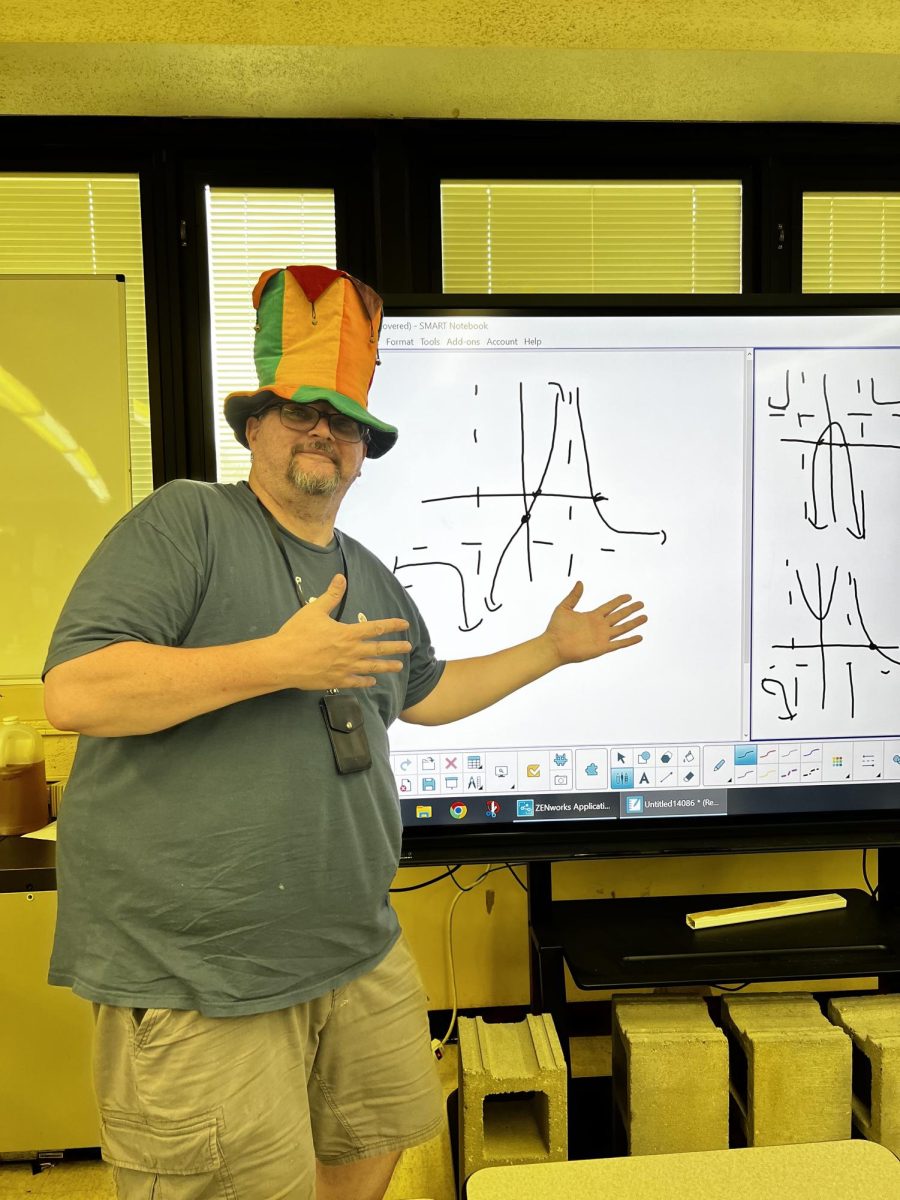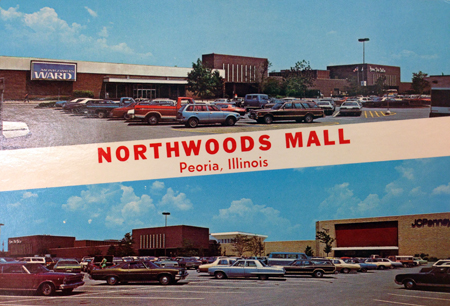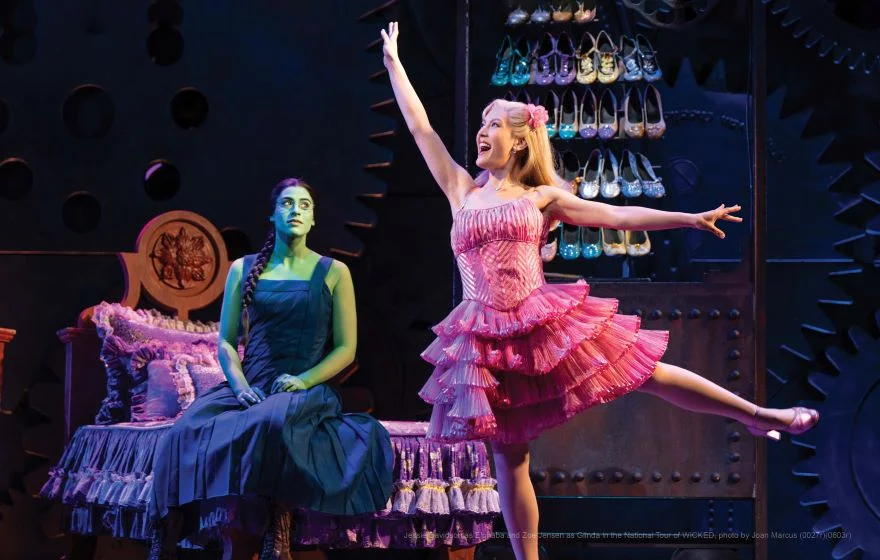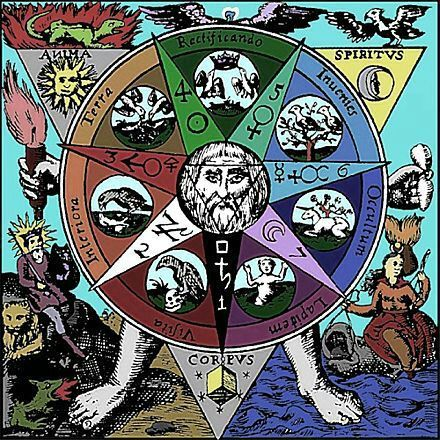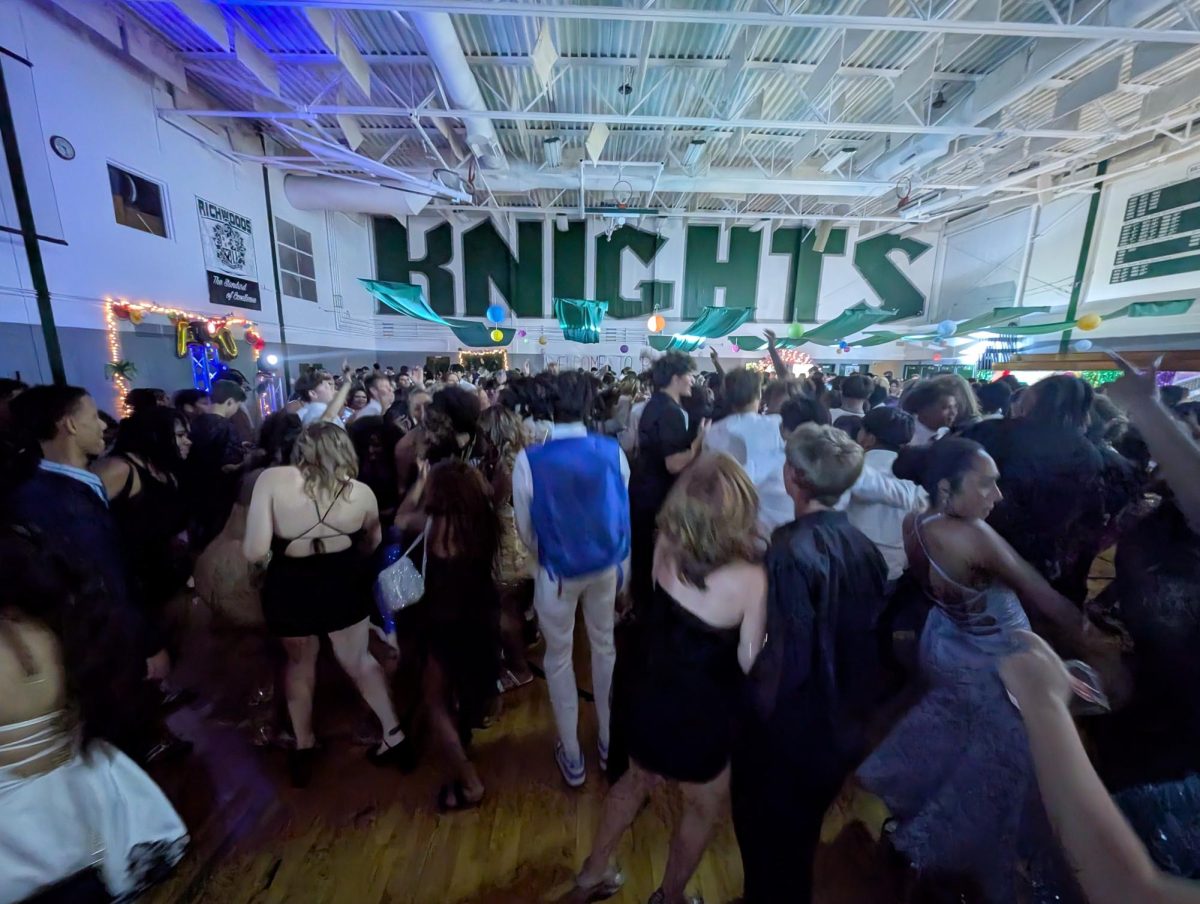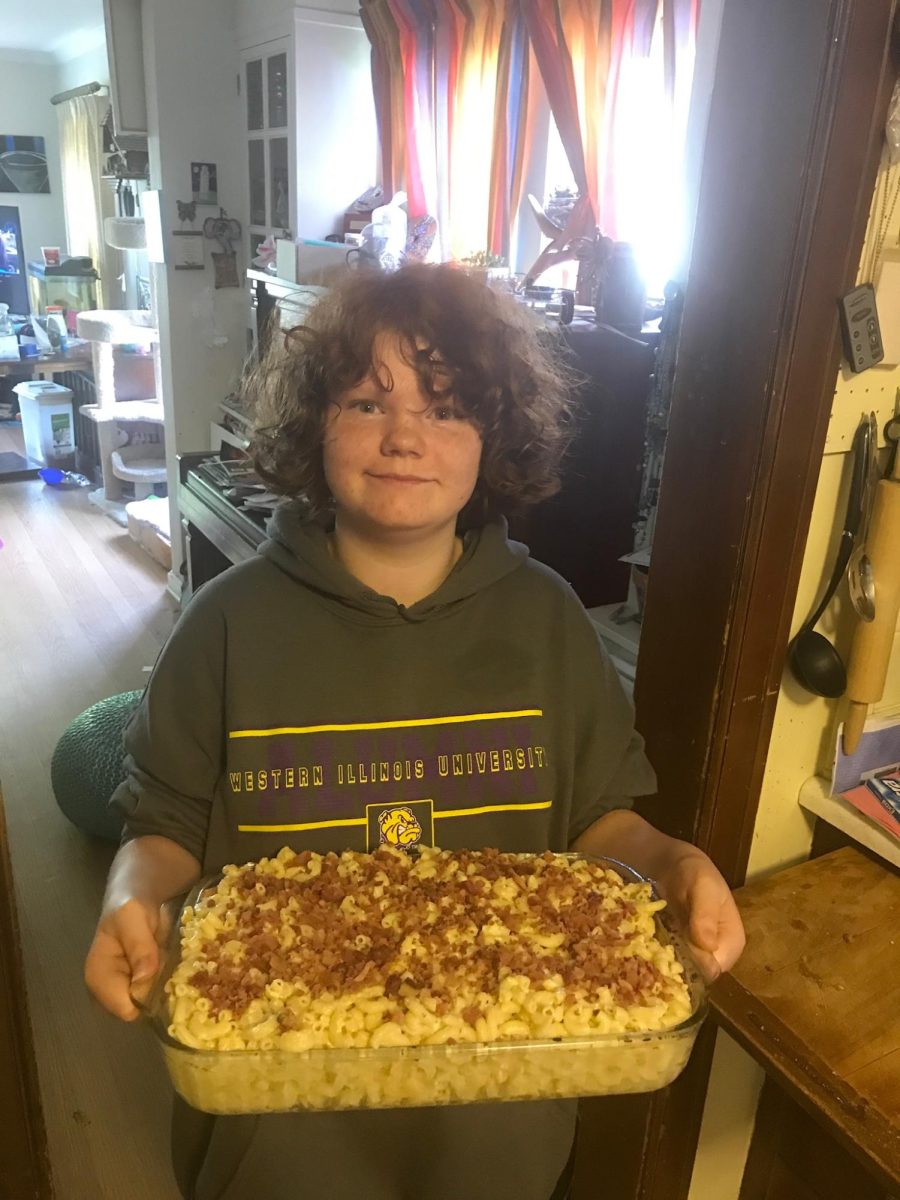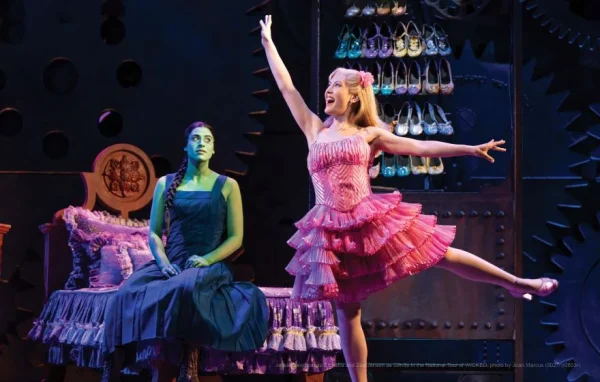Resident Evil Four (2005) Review
The original classic game that redefined the survival horror genre is still worth playing, even with the remake coming out in March.
Resident Evil Four, released on January 11, 2005, is arguably one of the most influential video games ever released. At the time, third-person perspective gameplay was revolutionary, paving a new road not only for Resident Evil games, but for survival horror as a whole. Resident Evil 2 and Resident Evil 3 were given the remake treatment in 2019 and 2020 respectively, with their source games having come out in 1998 and 1999. The remakes completely rebuilt the games from the ground up with modern gameplay, graphics, and acting, creating the new definitive way to play. After the Resident Evil 3 remake came Resident Evil 8, a new mainline entry in the series – but after that, there was talk about what would come next. Would the developers begin working on Resident Evil 9, or would they continue remaking the older games? This discussion was divisive for fans of Resident Evil 4, which is considered by many to be not only the best Resident Evil game in the franchise, but simply a perfect game in general with no need for a fancy remake. With the official remake now under two months away from release, is the original even worth playing, and what makes the game so good?
Resident Evil 4 was a big leap for the franchise. The trademark tank controls and fixed camera angles had been swapped for sleek, over the shoulder aiming and dynamic movement. The older games had a focus on resource management, enclosed environments, and the terror of being pursued in an unfamiliar location. The challenge of Resident Evil 4 was to maintain all of these characteristics while creating a new experience for long-time fans, as well as a good first game for newcomers.
The story of Resident Evil 4 follows Leon S. Kennedy, one of the protagonists of Resident Evil 2, on his mission to rescue the president’s daughter, Ashley Graham. Ashley is suspected to have been taken by a cult-like group who reside in Spain. The journey takes the player through settings that were at the time unimaginable for the Resident Evil games due to the previously enclosed nature of all the environments – a rural village, a sprawling castle, and a secluded island. Despite these places being open enough to set themselves apart from the claustrophobic buildings of the classic games, they still feel accessible and, when they need to be, tense. The old environments, such as the mansion, the police station, and the alleyways of Raccoon City, make players scared. They make players wonder if they’ll be able to squeeze around an enemy, get a resource in time, or even escape. How could that feeling of panic be replicated in the open spaces of Resident Evil 4? The game does something very clever: it cuts out smaller sections of the separate environments for the player to go through one by one. The village may seem massive at first, but as the player, you’re allowed to progress however you want. You can take your time exploring each individual house and gathering resources or move on directly to the next objective. Similarly, in the castle, there are lots of different rooms and floors to explore, reminiscent of Resident Evil 1’s mansion and nothing ever feels overwhelming due to the simultaneously straightforward nature of the story and the choice for players to progress at their own pace.
The combat encounters in Resident Evil 4 are, I believe, some of the best gaming experiences available. As discussed above, dynamic movement plays a huge role in the gameplay. This is another facet that Resident Evil 4 introduced to the series – combat in this game is extremely fun. Every player is going to go through the fights differently, as there are endless ways to approach and go about them. A perfect example of this is the village fight. This scene is famous, and for good reason. As Leon enters the main square of the village, he sees a large number of enemies wandering around – and once the first shot is taken, the scene dissolves into chaos. Enemies throw themselves at you and utilize anything they can find to deal damage. As the player, there are so many parts of the environment that can be used to your advantage. If the enemies overwhelm you, you can run into a house and barricade the door with a cabinet. You can head upstairs and exit through a window, or even jump onto the roof to get a vantage point. No matter how bad the situation seems, the game always makes sure there is a way to save yourself and turn things around. When an enemy is knocked down, you can issue a melee attack. The quick turn mechanic allows the movement to flow naturally. This intro sequence is what a game introduction should be. The player is given ample opportunities to adapt to combat and movement, while also having an unforgettable experience that sets the scene for the rest of the game.
Of the many ways Resident Evil 4 changed the series going forward, the most obvious is certainly the merchant. The merchant is a character that frequently appears throughout the 15 to 16-hour-game, and he becomes a haven in a way. About the merchant – he isn’t in every safe room, but he is present in a lot of them. The merchant sells gear for the currency you acquire throughout the game. New weapons, health restoration items, and even protection that increases your defense. He also offers a weapon upgrade mechanic. The player is free to choose certain parts of their arsenal to upgrade: fire power, firing speed, capacity, and reload time. Making use of these upgrades is essential to make your way through the increasingly difficult waves of enemies.
The Resident Evil series has always been known for the “safe rooms”- rooms where the player can save their game and take a breather. Calming music plays as you enter, and it feels like a weight lifted off your shoulders. Although the previous entries had absolutely nothing wrong with their safe rooms, for me Resident Evil 4 outdoes itself. The song that plays, aptly named “Serenity”, is a masterpiece. This song exudes comfort and safety – the feelings that should be present while in a safe room. This song makes you think, “I’m safe, for now,” while reminding you that eventually, you have to go back out there. A safe room that illustrates this dynamic is one of the houses in the village, close to where the castle section starts. Leon has just picked up Ashley, and they’re trying to find a way to escape the village. When they find the safe room, a thunderstorm remains in the background, rain pattering on the windows, as the fear melts away, and all that’s left is relief. The merchant became such a trademark for the series that the upgrade mechanic from Resident Evil 8 is virtually the same. The Duke, who is the merchant of Resident Evil 8, even makes a reference to the merchant (“What’re ya buyin’? – Haha, just something an old friend of mine used to say.”).
None of this sounds particularly scary, though. This may sound like another generic action game trying to recreate the magic that people love so much. However, don’t misunderstand – this game gets terrifying. Something scarier than the angry villagers rushing at you with pitchforks, scarier than being trapped in a castle chamber with mind-controlled cultists, and scarier than being chased by a giant ogre in a torchlit valley. An enemy called the regenerator. As the name suggests, regenerators will grow back limbs and regain health when not hit in the right place. These creatures are menacing – one second they’ll slowly stalk towards you, and the next they give chase at full speed. Their attacks can be fatal if the player is not prepared. Nobody forgets their first encounter with a regenerator. As you pick up a key card, suddenly you hear a crash from behind you. The creature that was previously lying dormant on a table has gotten up, and now has its sights set on you. The music crescendos in the background, adding to the panic of not knowing how to defeat this thing. This initial sense of terror at first encountering a regenerator is something that will forever be in the hearts of everyone who has played Resident Evil 4.
One of the most beloved parts of Resident Evil 4 is Leon’s ability to make light of any situation. His bad one-liners live in the hearts of many. The most famous one occurs when all the villagers leave in the middle of fighting him – as they walk away, he stands confused, saying, “Where’s everyone going? Bingo?” A personal favorite of mine includes Leon talking to one of the antagonists, who claims his “right hand” has been sent to dispose of him. Leon quips, “Your right hand comes off?” Although they may not be the cleverest remarks, Leon’s one-liners provide comedic relief and add to the campy nature of the game.
Why, with all these seemingly perfect pieces of Resident Evil 4, is there any need for a remake? The game runs perfectly well, the story is engaging and easy to follow, and the pacing is near-perfect. The game did come out in 2005, but the graphics hold up shockingly well. Of course, there is a quality drop when you play Resident Evil 4 after playing the remake of Resident Evil 3, but it’s nothing you can’t get used to over time. The clearest answer to the remake question is that the developers want to make a definitive, updated experience for new players, just like they did with the remakes of 2 and 3. There has been a great deal of discussion over how gorgeous the remakes are, so the developers are taking advantage of the Resident Evil graphics engine to rebuild an already good-looking game into a mind-blowingly beautiful game. For someone used to playing modern games released in the last 10 years, Resident Evil 4 could otherwise fail to hold their attention. The remake will also be a love letter to older fans, in a way. The developers want to show that they are just as fond of the original and they want to do it justice by remaking it in a way that makes it more enjoyable, accessible, and fun, while holding on to everything that made the original so special. Despite all the jokes about the remake only existing for Leon’s hair physics, it’s clear that this game is intended to be an unforgettable experience that remains faithful to the original.
The remake is coming soon – on March 24, 2023, the official remake of Resident Evil 4 will be available for everyone to experience. With just under 2 months left, why should someone bother playing the original? It’s simple: playing the original version of any remade game will give insight and further appreciation for the new version. Players will notice little things they wouldn’t have noticed otherwise. Things like, “This wasn’t here in the original,” or “They took this out of the original.” The excitement of seeing already familiar settings in a new light is, for me, worth the remake in and of itself. The original is also completely accessible, as it is available on modern systems, unlike the original 2 and 3.
The classic game that redefined what it means to be survival horror, Resident Evil 4, is something everyone should experience before playing the remake. Despite the original being given a fresh coat of paint, its impact on the genre will make it worth your time.






